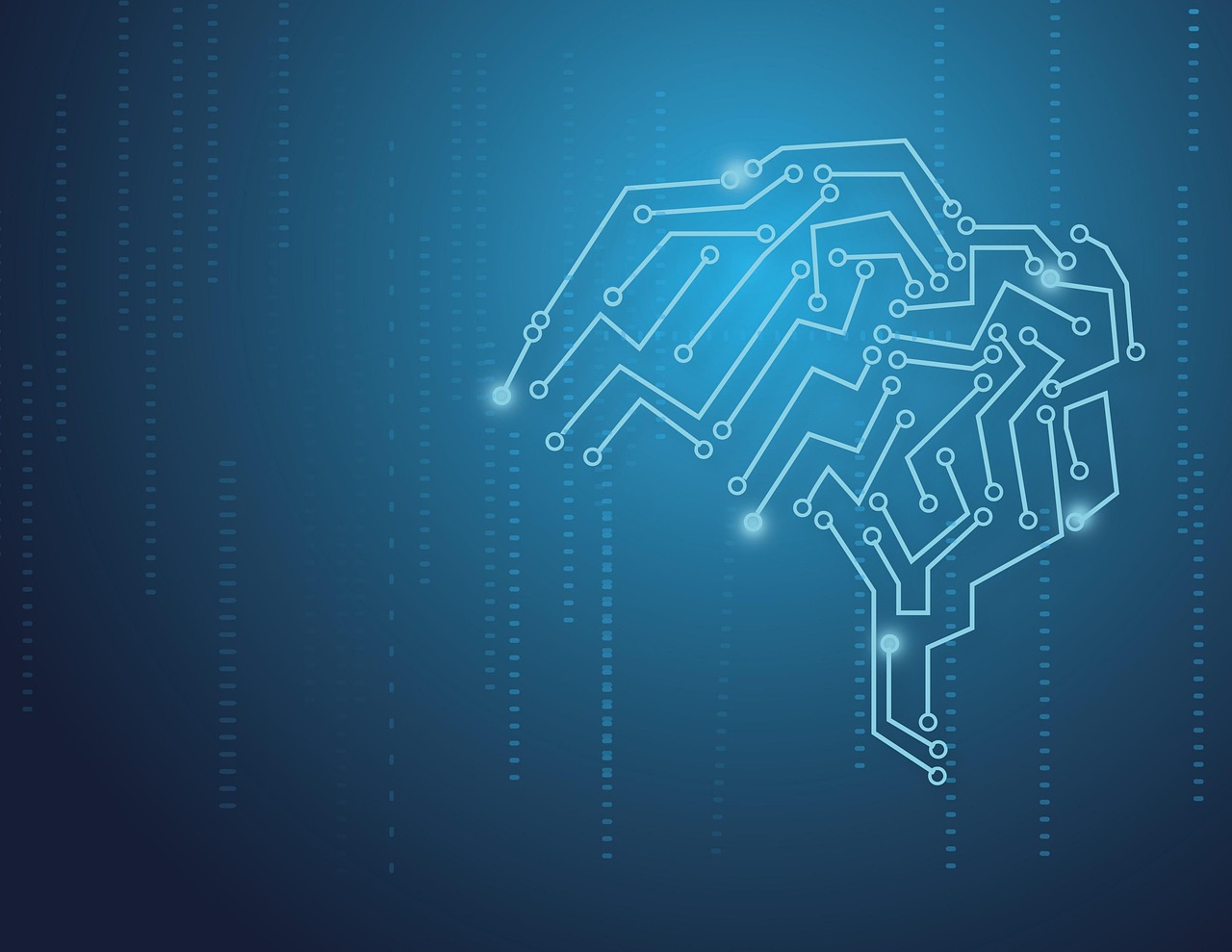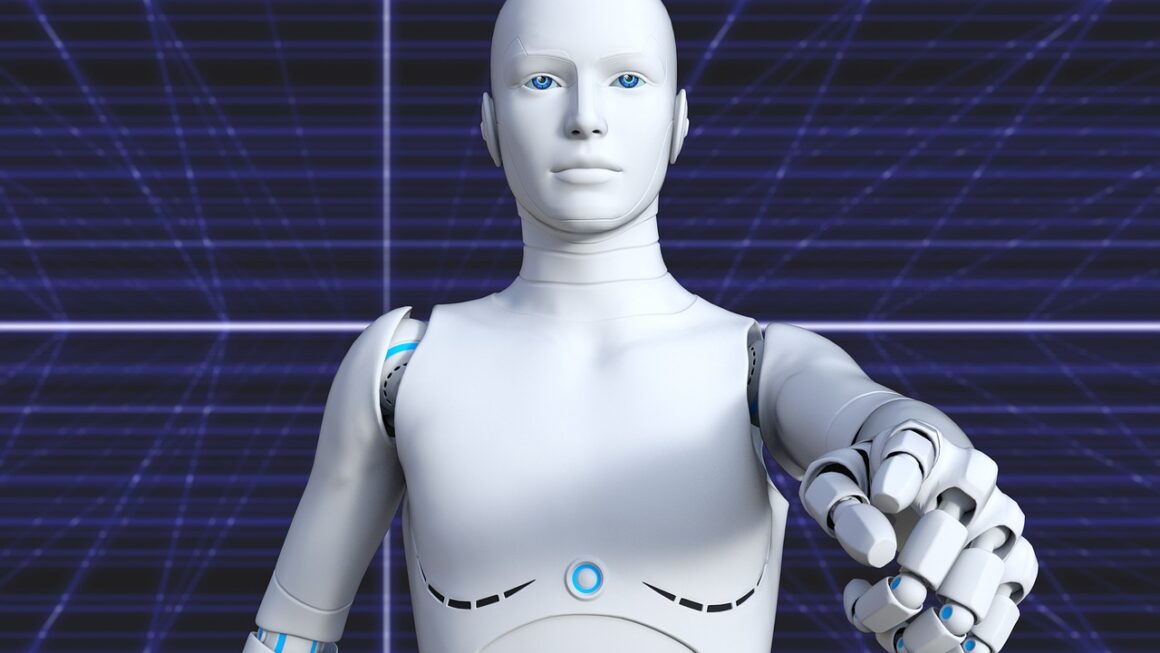Neural networks, the engines behind many of today’s most impressive artificial intelligence feats, are rapidly transforming industries and redefining what’s possible. From self-driving cars to personalized medicine, these complex computational models are making waves. But what exactly are neural networks, and how do they work? This comprehensive guide delves into the fascinating world of neural networks, exploring their architecture, applications, and the future they’re shaping.
Understanding Neural Networks
Neural networks are a subset of machine learning that mimic the structure and function of the human brain. They are designed to recognize patterns in data and learn from examples, without being explicitly programmed.
The Inspiration: The Human Brain
- Neurons: The basic building block of the neural network, analogous to neurons in the brain. Each neuron receives input, processes it, and produces an output.
- Connections (Synapses): Connections between neurons, represented by weights that determine the strength of the signal.
- Learning: The process of adjusting these weights based on data to improve the network’s performance.
The Architecture: Layers and Connections
A typical neural network consists of several layers:
- Input Layer: Receives the initial data. The number of neurons in this layer corresponds to the number of features in the input data.
- Hidden Layers: Perform complex transformations on the input data. A neural network can have multiple hidden layers, allowing it to learn more intricate patterns.
- Output Layer: Produces the final result. The number of neurons in this layer depends on the type of problem being solved (e.g., a single neuron for binary classification, multiple neurons for multi-class classification).
Data flows through the network, from the input layer to the output layer. Each neuron in a layer receives weighted inputs from the previous layer, applies an activation function, and passes the result to the next layer.
Activation Functions: The “Decision Makers”
Activation functions introduce non-linearity into the network, enabling it to learn complex relationships. Some common activation functions include:
- Sigmoid: Outputs a value between 0 and 1. Historically popular, but prone to the vanishing gradient problem.
- ReLU (Rectified Linear Unit): Outputs the input directly if it’s positive, otherwise outputs 0. Simple and efficient, often the default choice.
- Tanh (Hyperbolic Tangent): Outputs a value between -1 and 1. Similar to sigmoid, but centered around 0.
- Softmax: Outputs a probability distribution over multiple classes. Commonly used in the output layer for classification problems.
How Neural Networks Learn: The Training Process
Training a neural network involves feeding it data and adjusting its weights to minimize the difference between its predictions and the actual values.
Forward Propagation
- The input data is fed through the network, layer by layer.
- Each neuron calculates its output based on its weighted inputs and activation function.
- The output layer produces the network’s prediction.
Backpropagation
- The error (difference between the prediction and the actual value) is calculated.
- This error is propagated back through the network, layer by layer.
- The weights are adjusted based on the error gradient, using optimization algorithms like gradient descent. The goal is to minimize the error.
Optimization Algorithms: Finding the Right Path
Optimization algorithms are used to update the weights of the neural network during training. Common algorithms include:
- Gradient Descent: Iteratively adjusts the weights in the direction of the steepest descent of the error function.
- Stochastic Gradient Descent (SGD): Updates the weights using a single data point or a small batch of data points at a time. Faster than gradient descent but can be more noisy.
- Adam: An adaptive learning rate optimization algorithm that combines the benefits of both momentum and RMSProp. Often a good default choice.
Loss Functions: Measuring Performance
Loss functions quantify the difference between the network’s predictions and the actual values. Different loss functions are used depending on the type of problem:
- Mean Squared Error (MSE): Used for regression problems.
- Binary Cross-Entropy: Used for binary classification problems.
- Categorical Cross-Entropy: Used for multi-class classification problems.
Types of Neural Networks
Neural networks come in various architectures, each suited for different types of tasks.
Feedforward Neural Networks (FFNN)
- The simplest type of neural network.
- Data flows in one direction, from the input layer to the output layer.
- Used for a wide range of tasks, including classification and regression.
Example: Predicting housing prices based on features like square footage and location.
Convolutional Neural Networks (CNN)
- Specifically designed for processing images and videos.
- Use convolutional layers to extract features from the input data.
- Excellent at recognizing patterns and objects in images.
Example: Image recognition in self-driving cars, identifying objects in satellite imagery. A 2012 paper on ImageNet dramatically improved image recognition and popularized CNNs.
Recurrent Neural Networks (RNN)
- Designed for processing sequential data, such as text and time series.
- Have feedback loops that allow them to maintain a “memory” of past inputs.
- Well-suited for tasks like language modeling and machine translation.
Example: Predicting the next word in a sentence, generating realistic-sounding speech.
Long Short-Term Memory Networks (LSTM)
- A type of RNN that addresses the vanishing gradient problem.
- Better at capturing long-range dependencies in sequential data.
- Used for a variety of tasks, including natural language processing and machine translation.
Example: Sentiment analysis, machine translation. LSTMs improved on earlier RNNs by being better at remembering information over longer sequences.
Transformers
- Relies on the mechanism of self-attention, allowing the model to weigh the importance of different parts of the input sequence when processing it.
- Parallel processing capabilities make it significantly faster to train compared to RNNs.
- Revolutionized natural language processing.
Example: Powering large language models such as BERT, GPT-3, and similar models.
Applications of Neural Networks
Neural networks are being used in a wide range of industries and applications.
Image Recognition
- Object detection, facial recognition, image classification.
- Used in self-driving cars, security systems, medical imaging.
Example: Identifying cancerous tumors in X-ray images with high accuracy.
Natural Language Processing (NLP)
- Machine translation, sentiment analysis, text generation.
- Used in chatbots, virtual assistants, language translation tools.
Example: Generating human-like text for marketing campaigns or writing articles.
Predictive Analytics
- Predicting customer behavior, forecasting sales, detecting fraud.
- Used in finance, marketing, and risk management.
Example: Predicting which customers are likely to churn and taking steps to retain them.
Healthcare
- Disease diagnosis, drug discovery, personalized medicine.
- Used in medical imaging, genomic analysis, and patient monitoring.
Example: Identifying potential drug candidates based on molecular structures.
Finance
- Fraud detection, algorithmic trading, risk assessment.
- Used in banking, insurance, and investment management.
Example: Automating trading strategies based on market data.
Conclusion
Neural networks have moved from academic curiosities to powerful tools reshaping industries. Their ability to learn complex patterns from data, adapt to new information, and perform tasks that were once thought impossible has cemented their place as a cornerstone of modern AI. As research continues to push the boundaries of what’s possible, we can expect neural networks to play an even greater role in shaping the future. Whether you’re a seasoned data scientist or just starting to explore the world of AI, understanding the fundamentals of neural networks is crucial for navigating the technological landscape of tomorrow. Start exploring open-source libraries like TensorFlow and PyTorch to gain hands-on experience with building and training your own neural networks. The possibilities are truly limitless.




